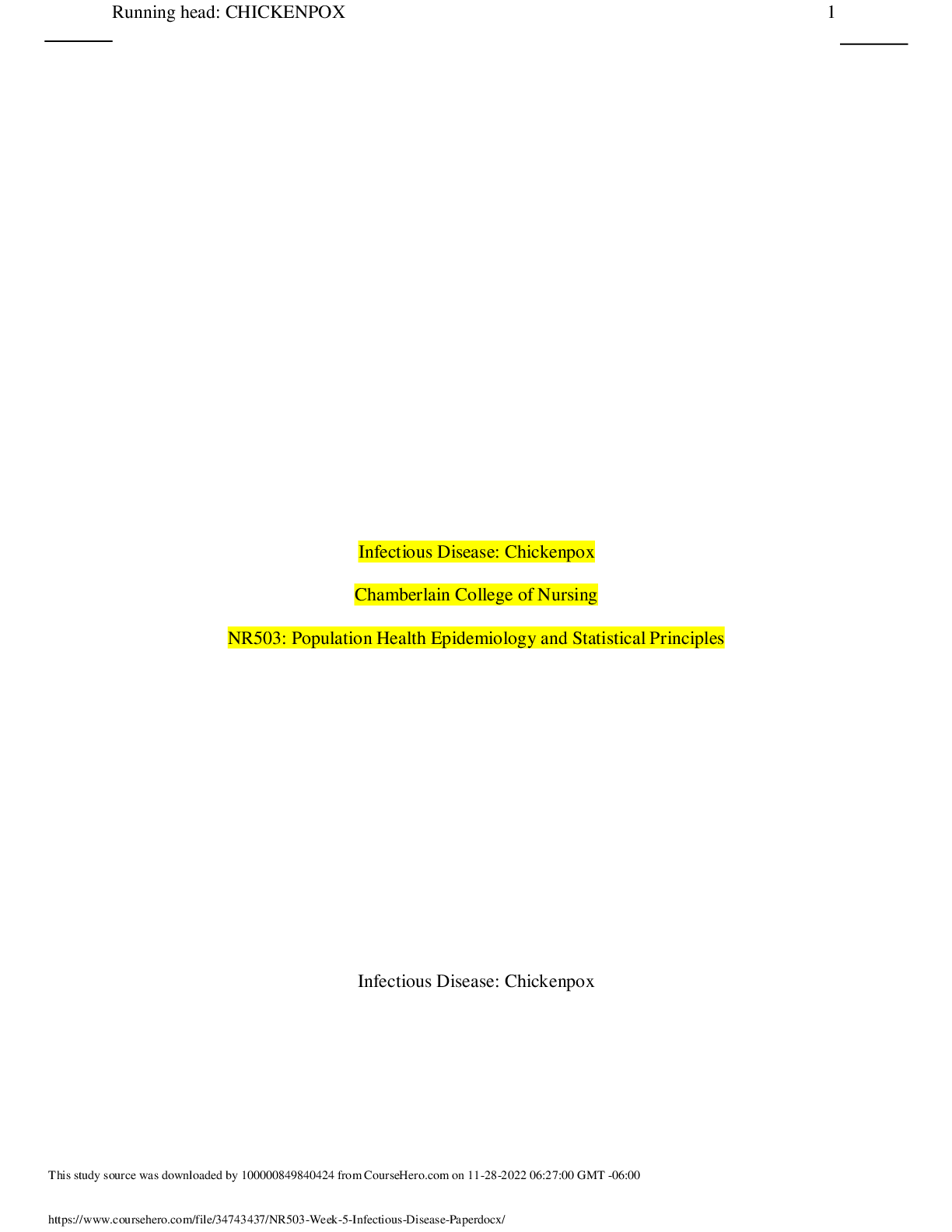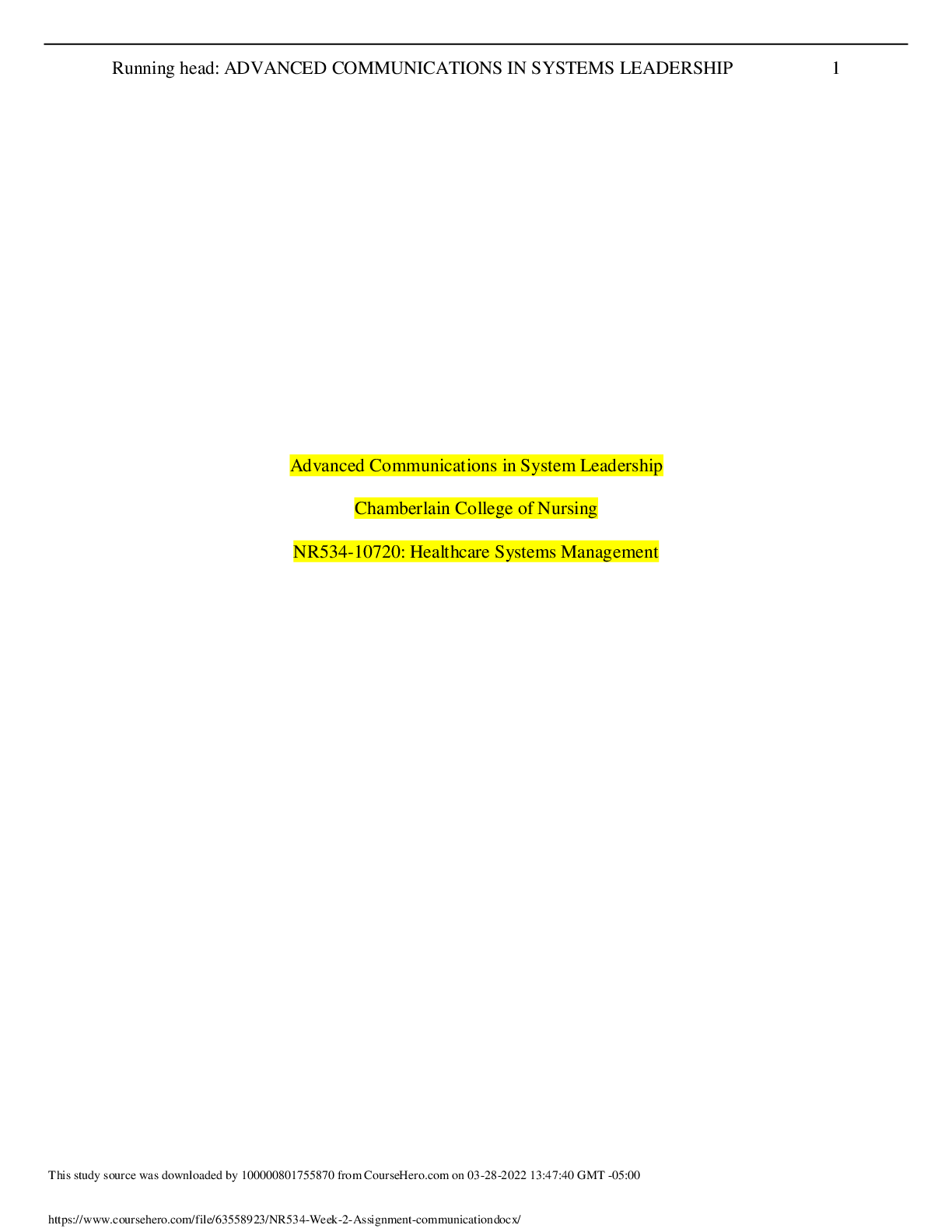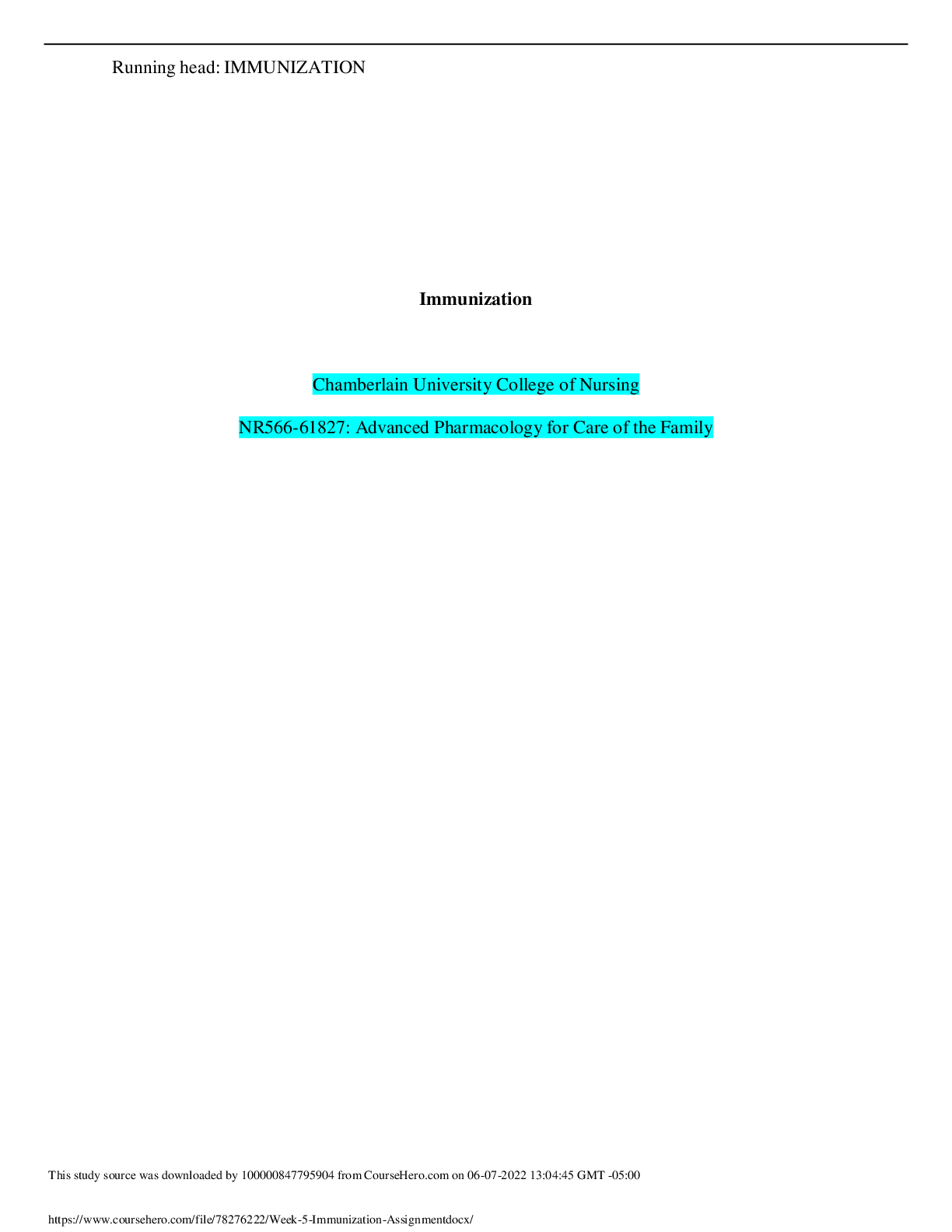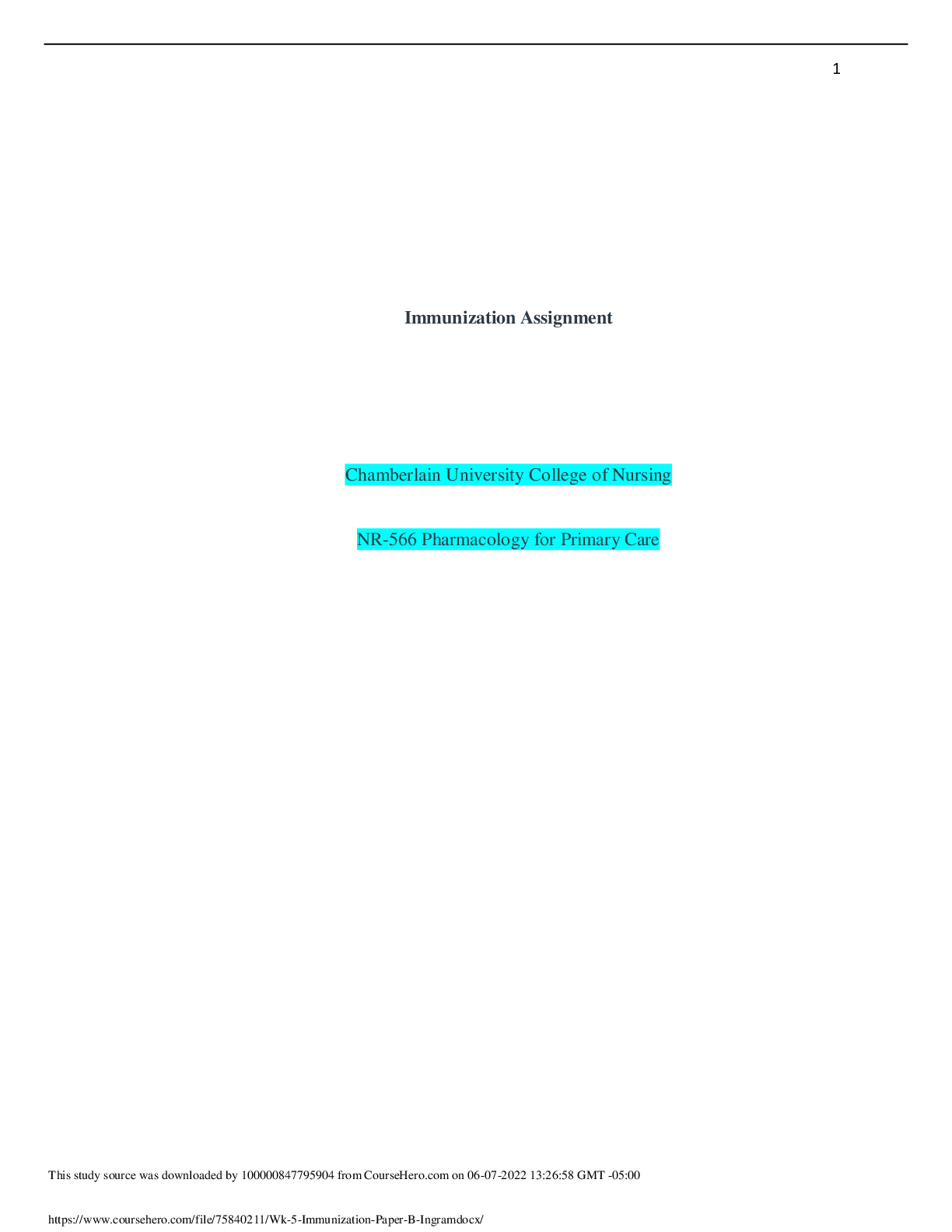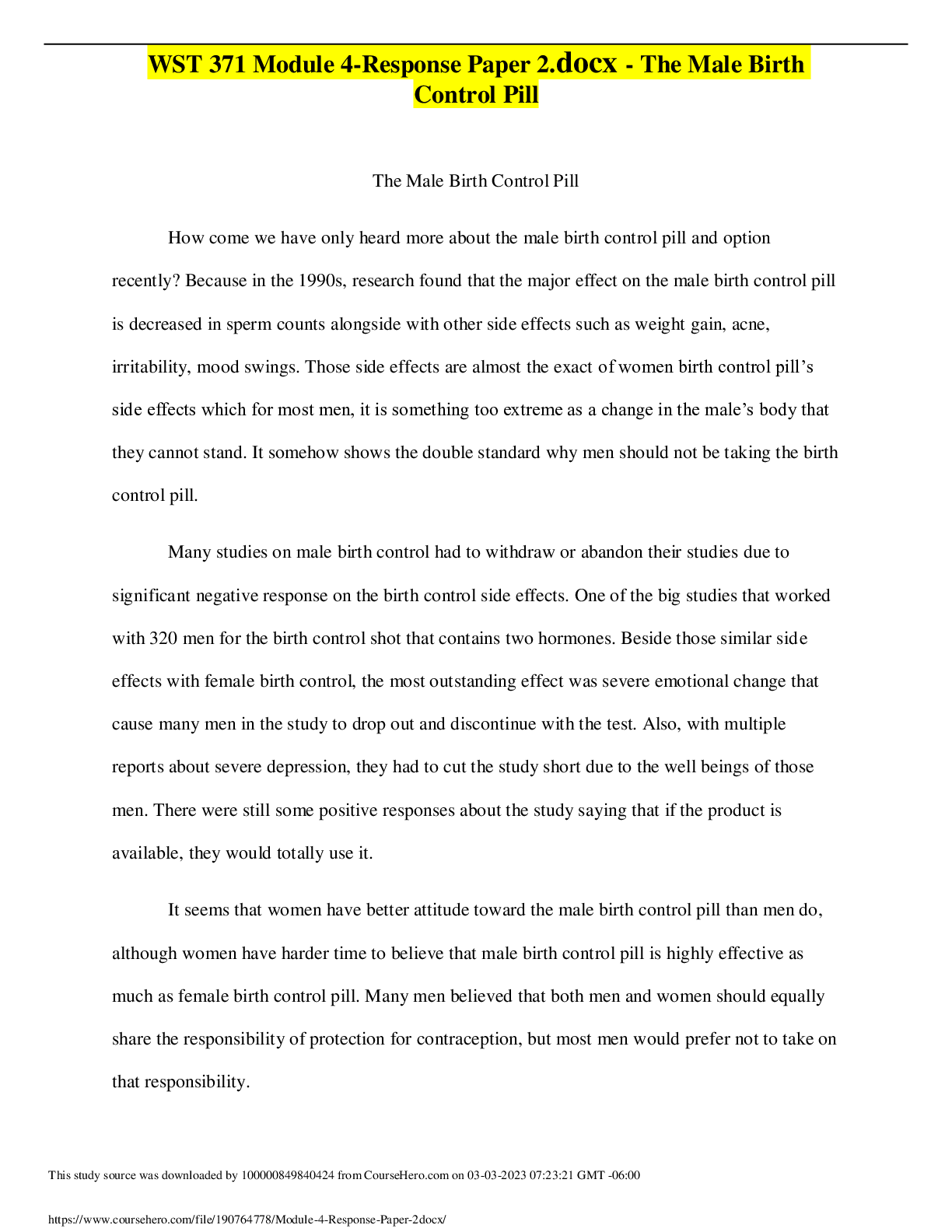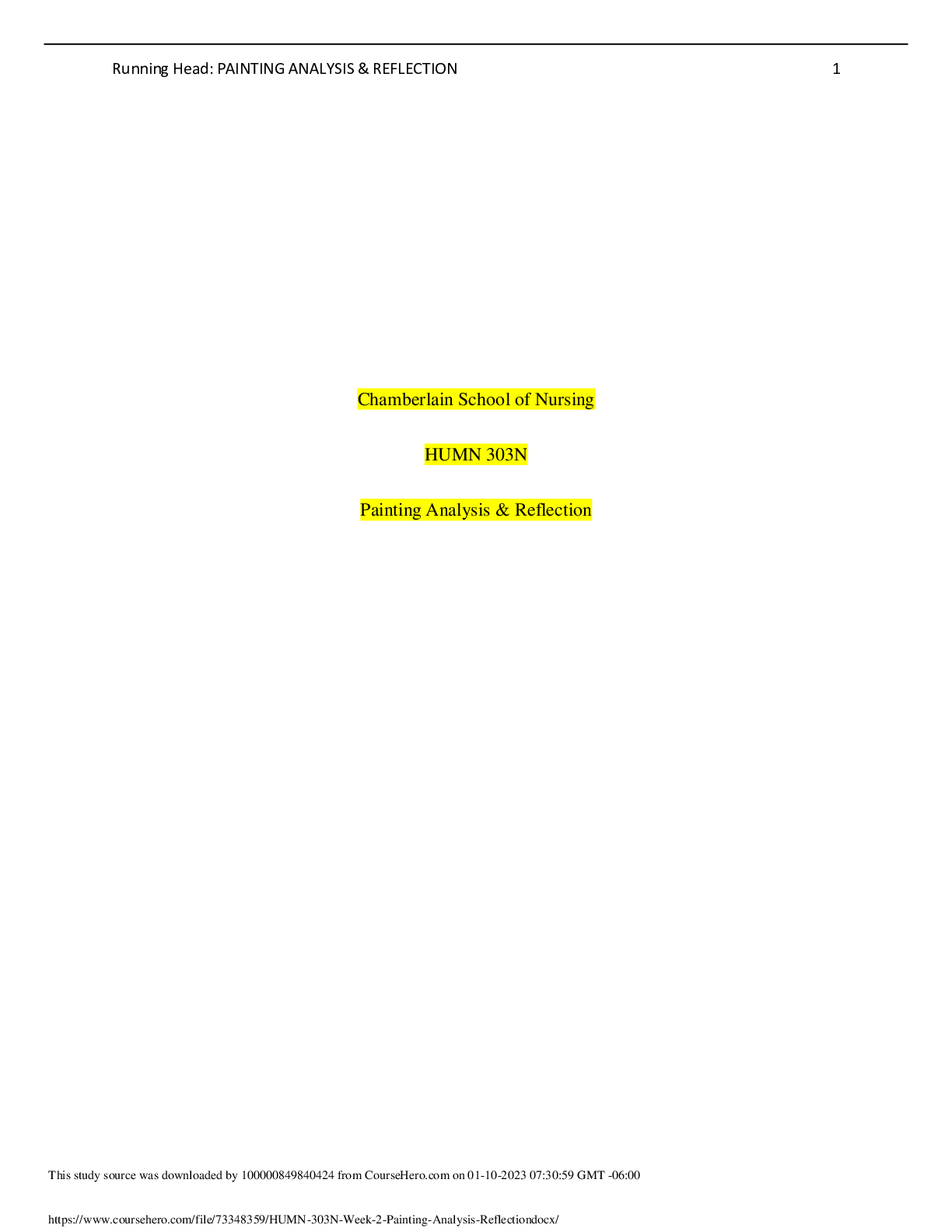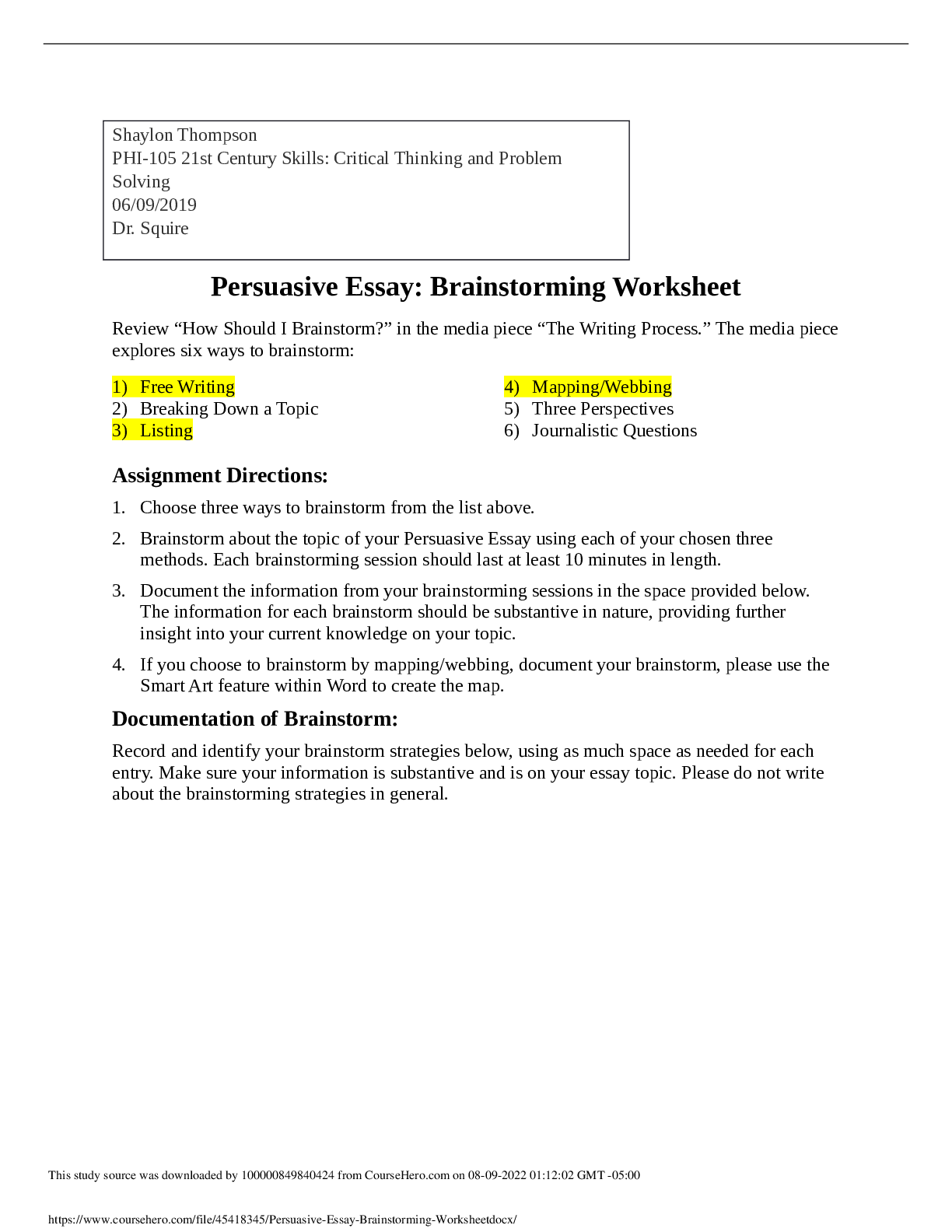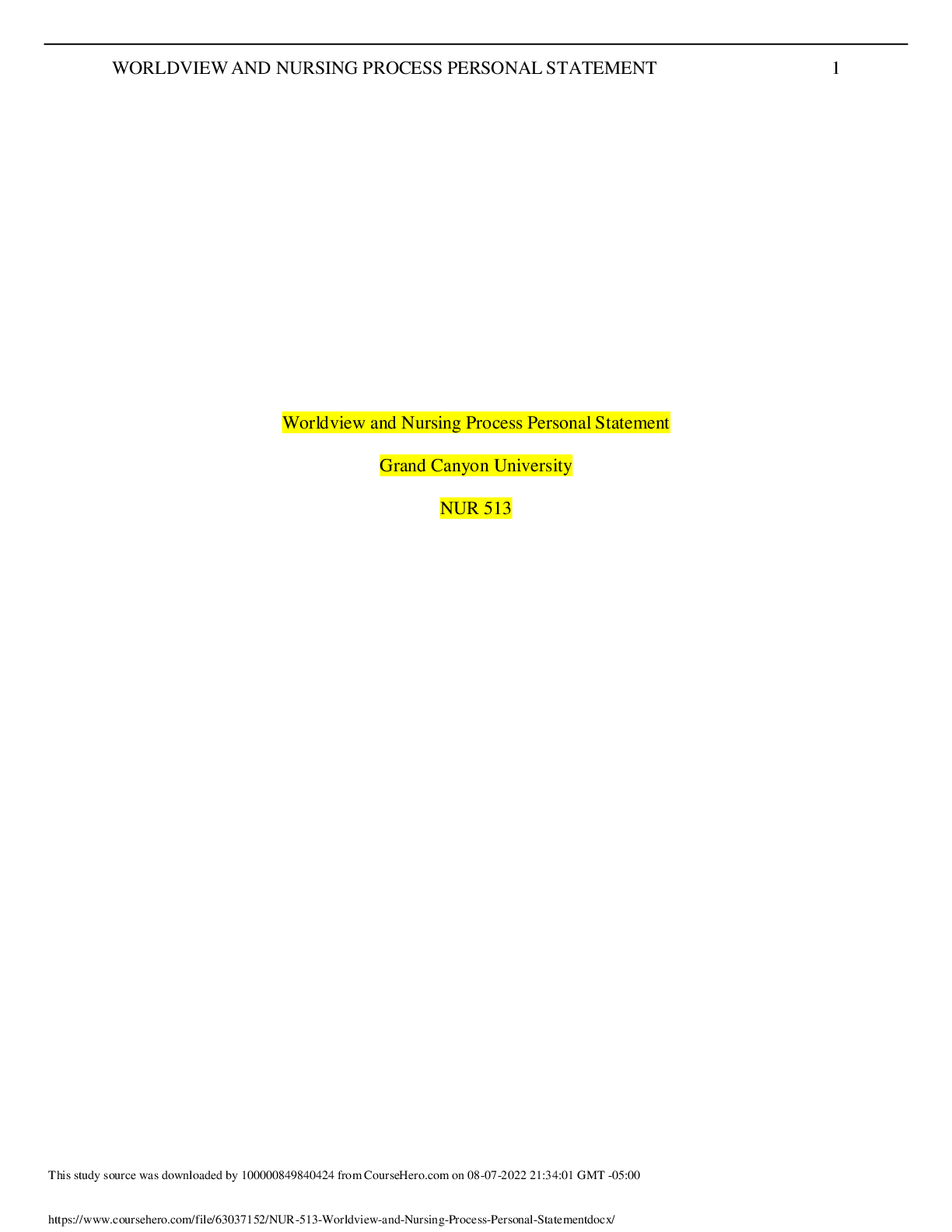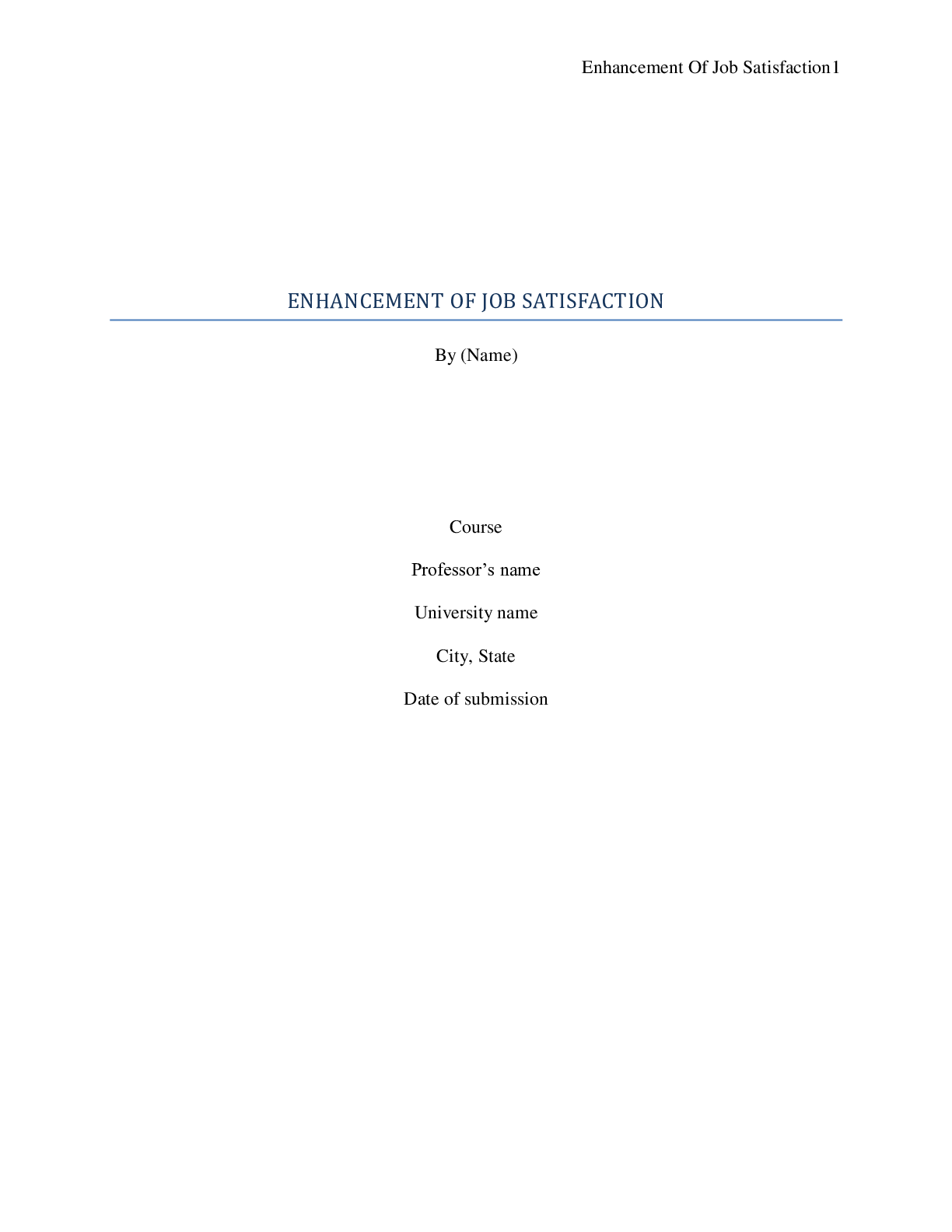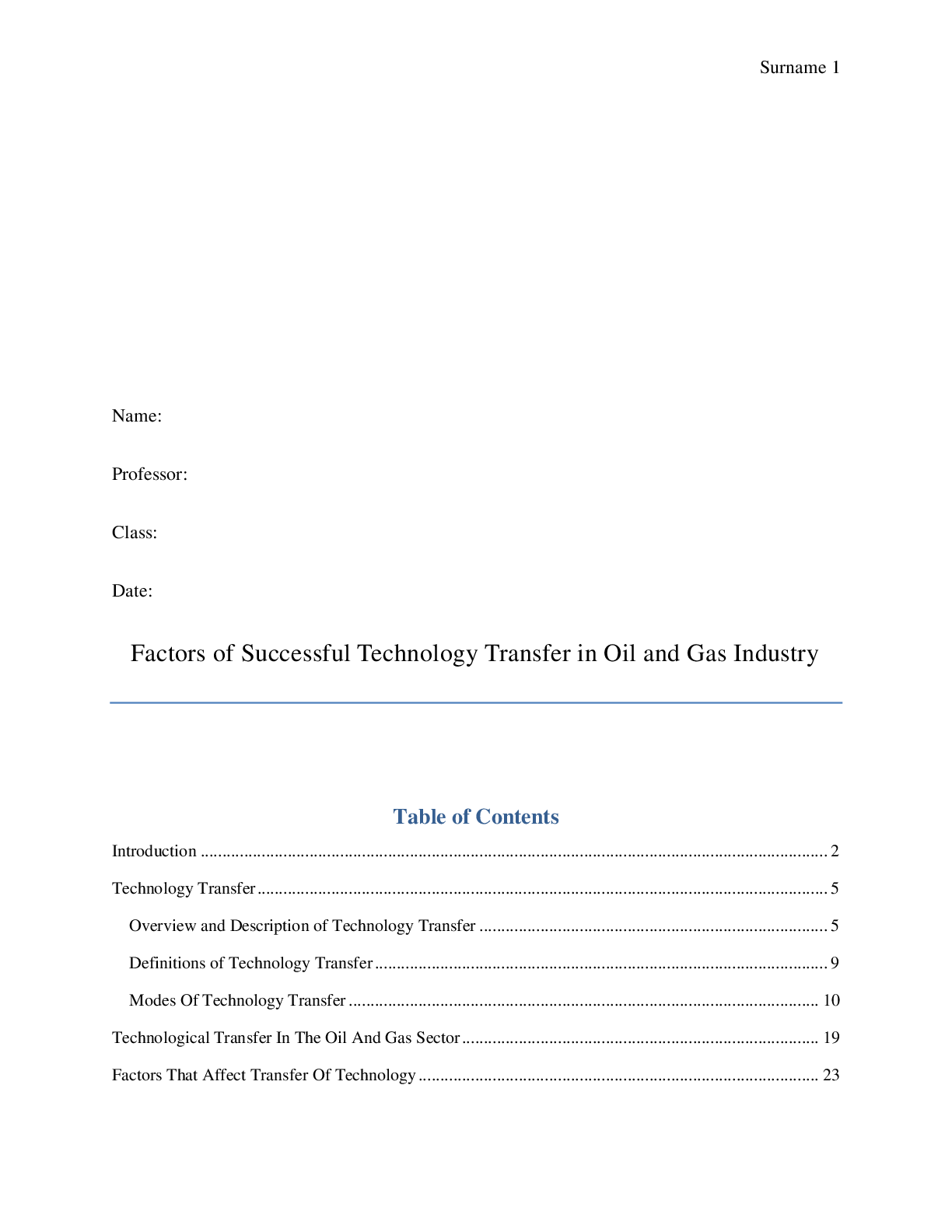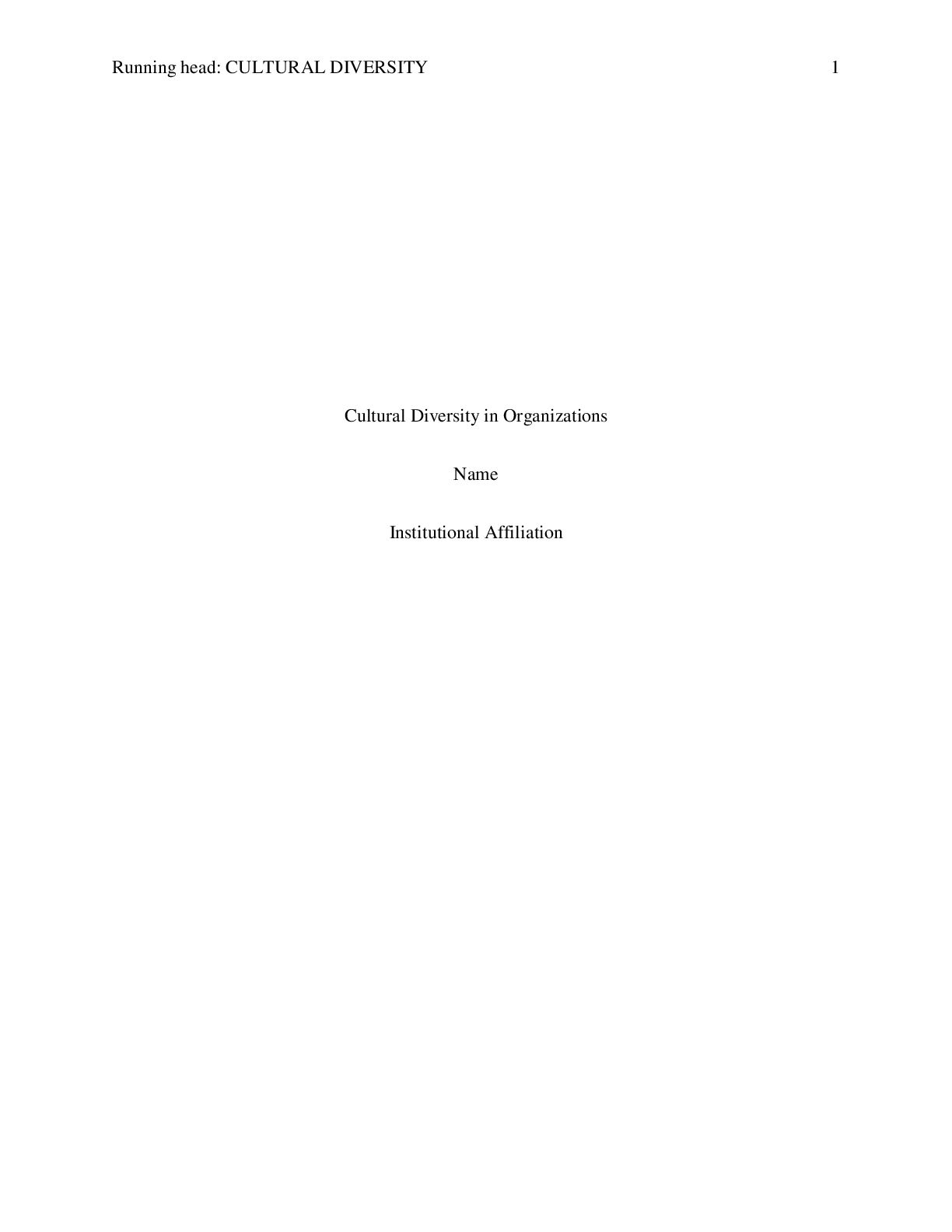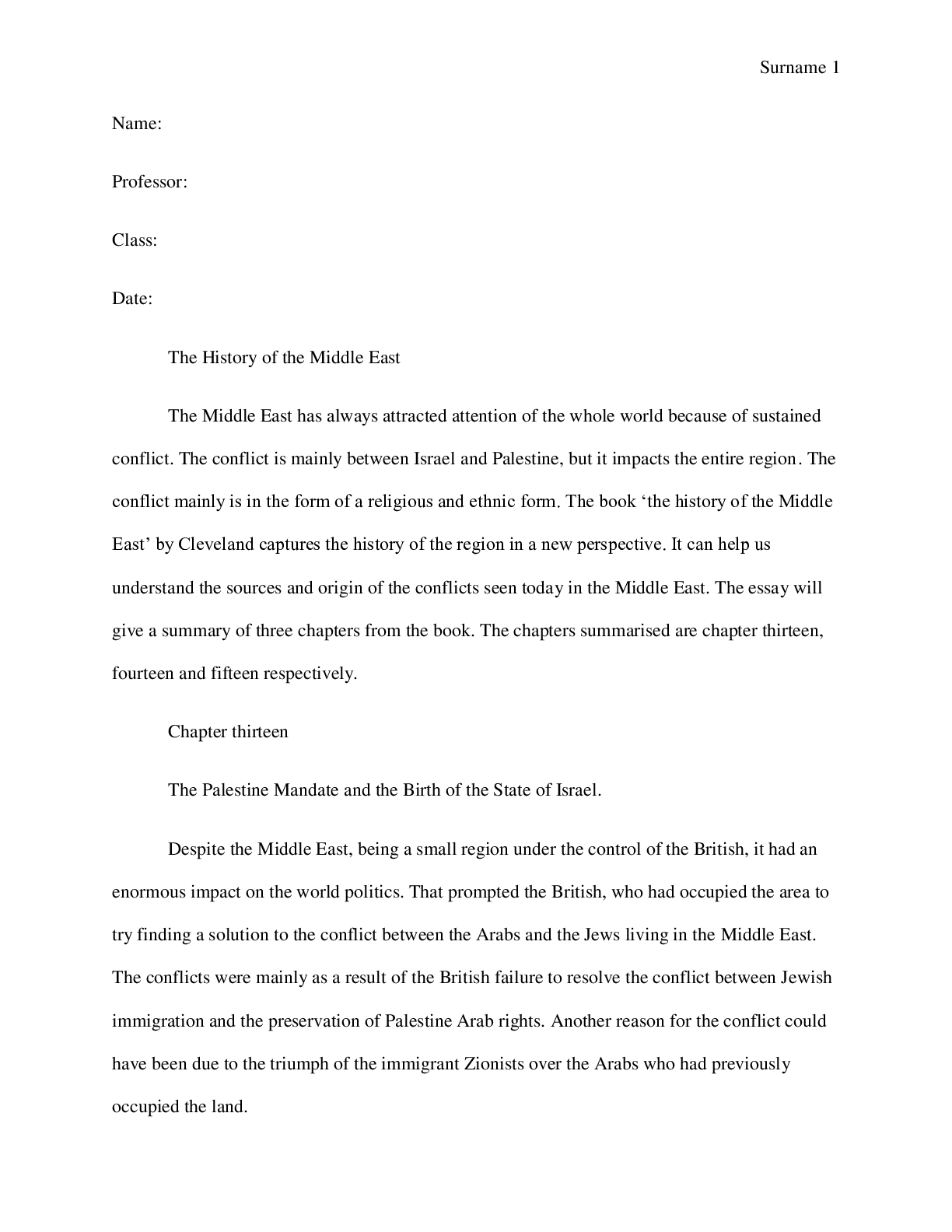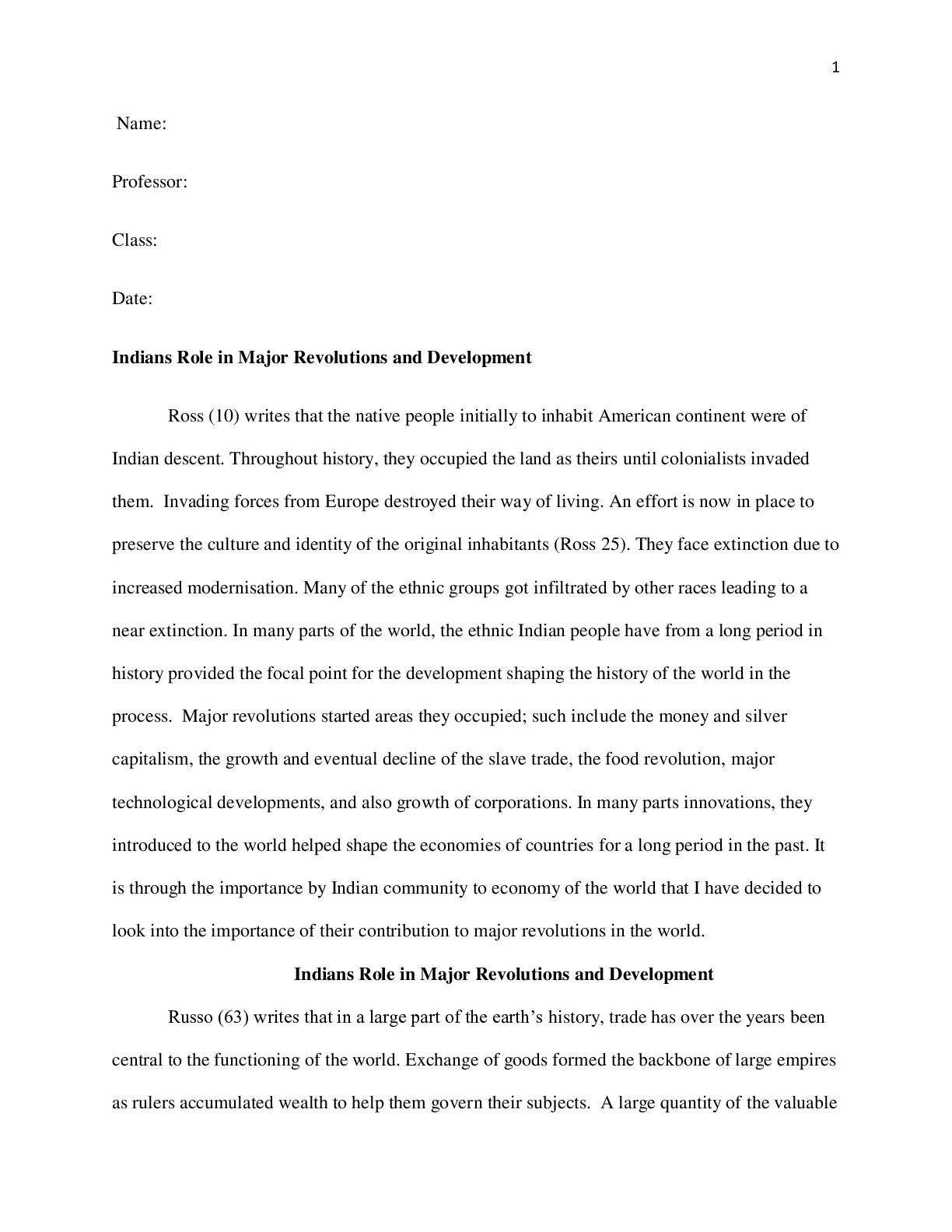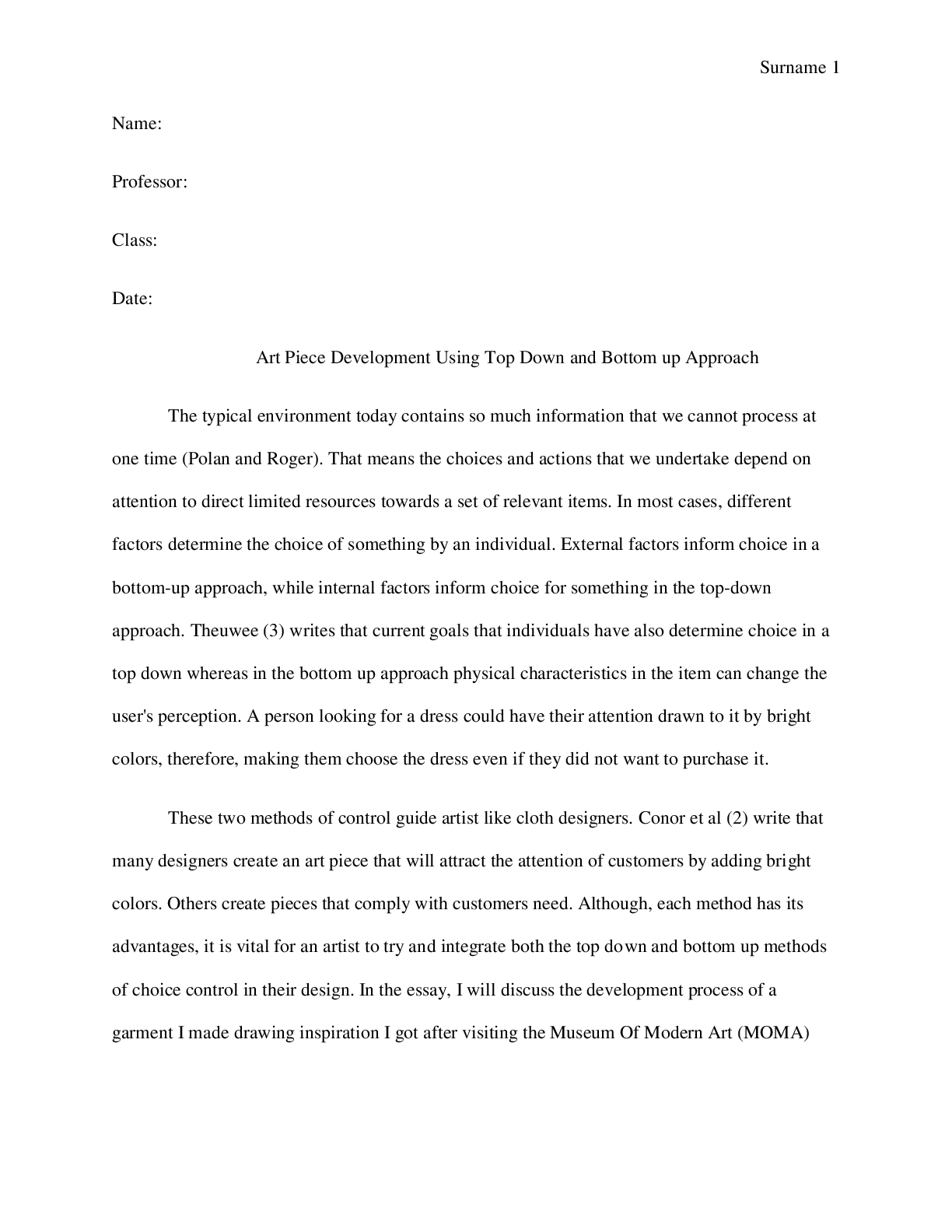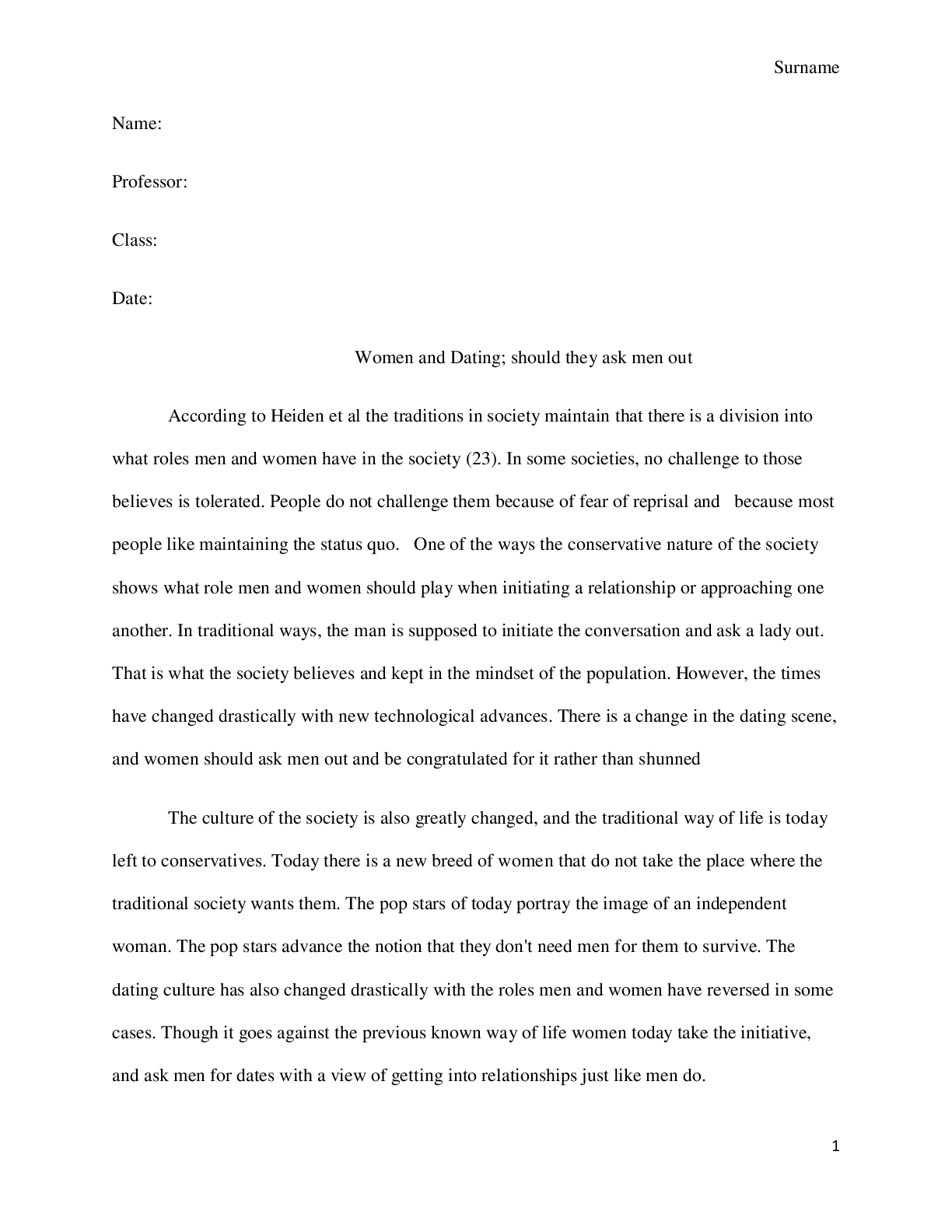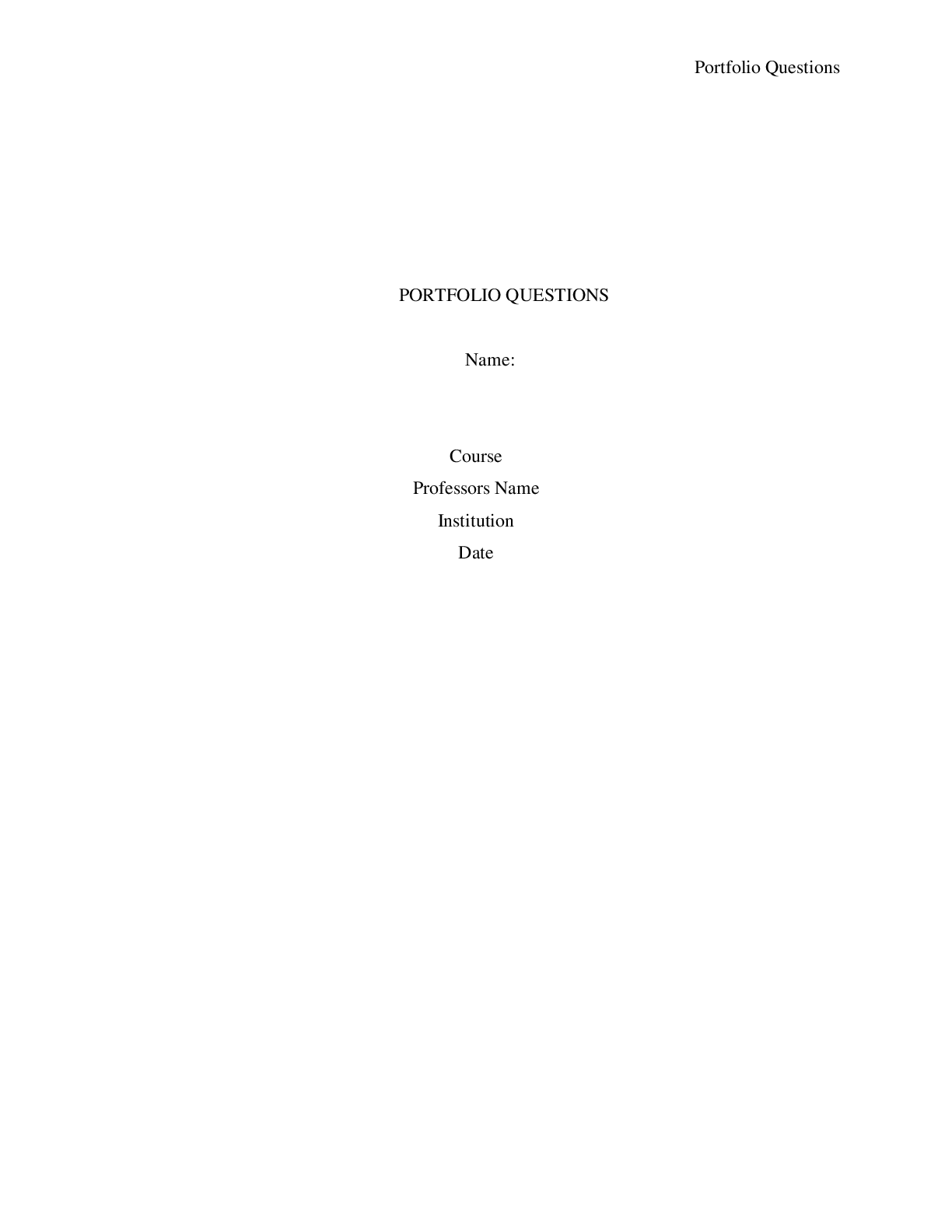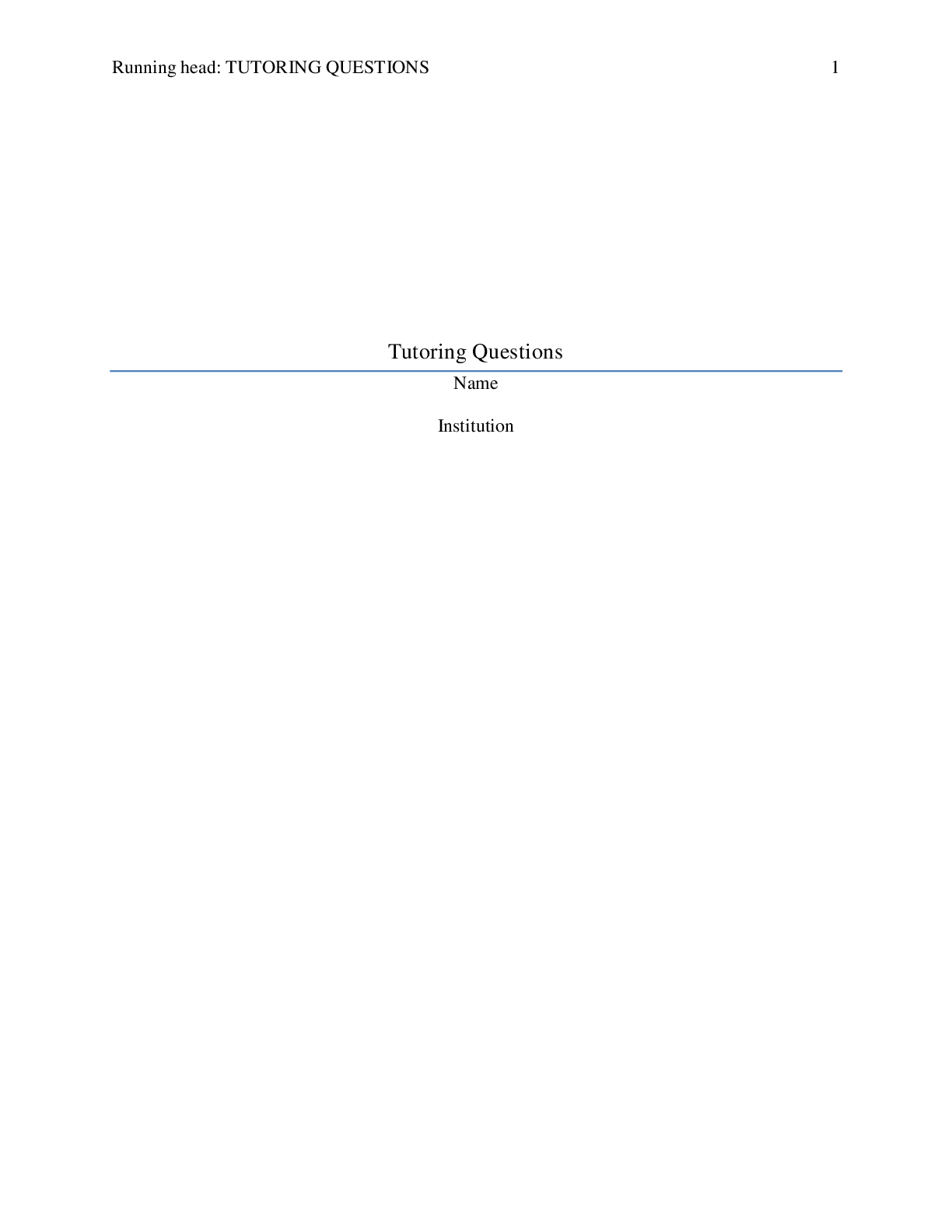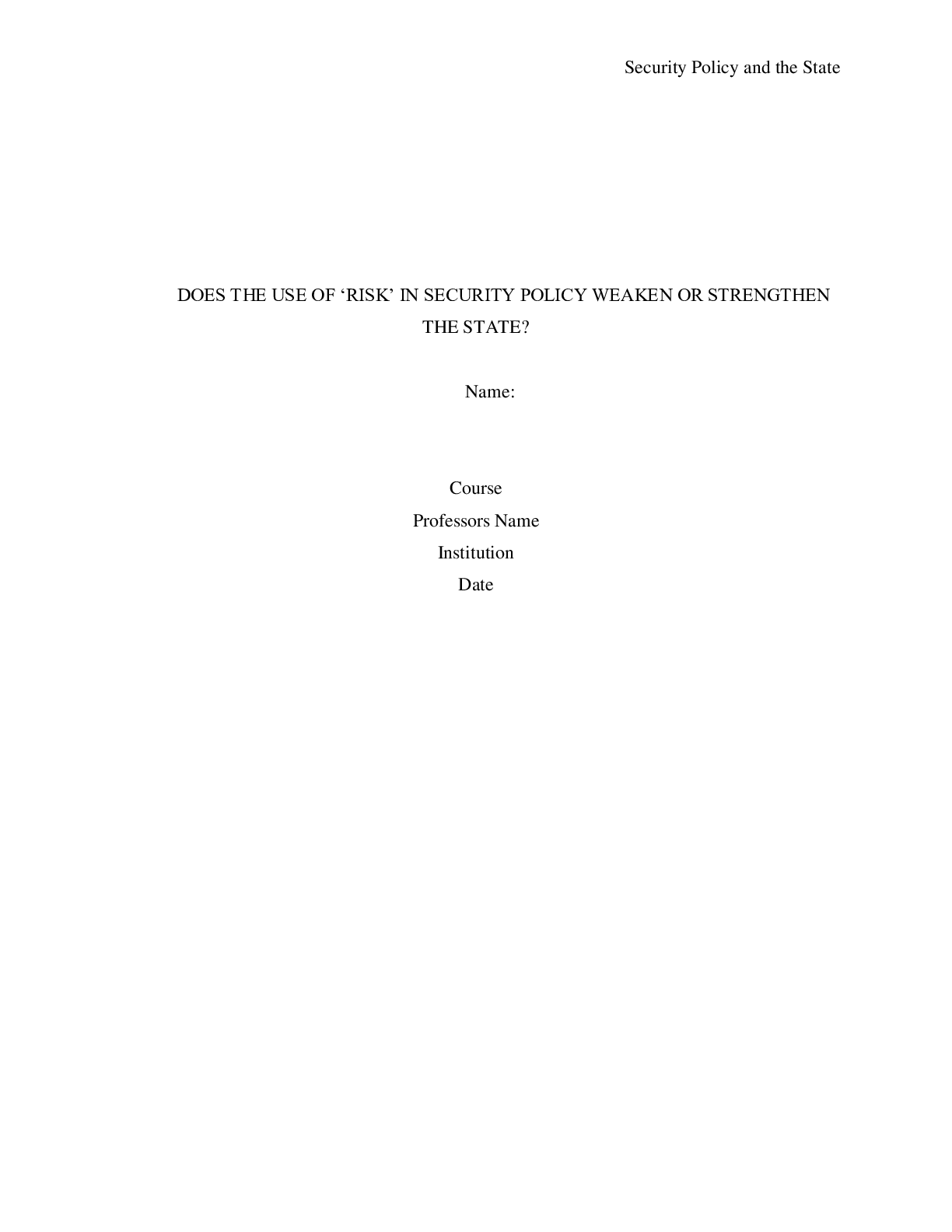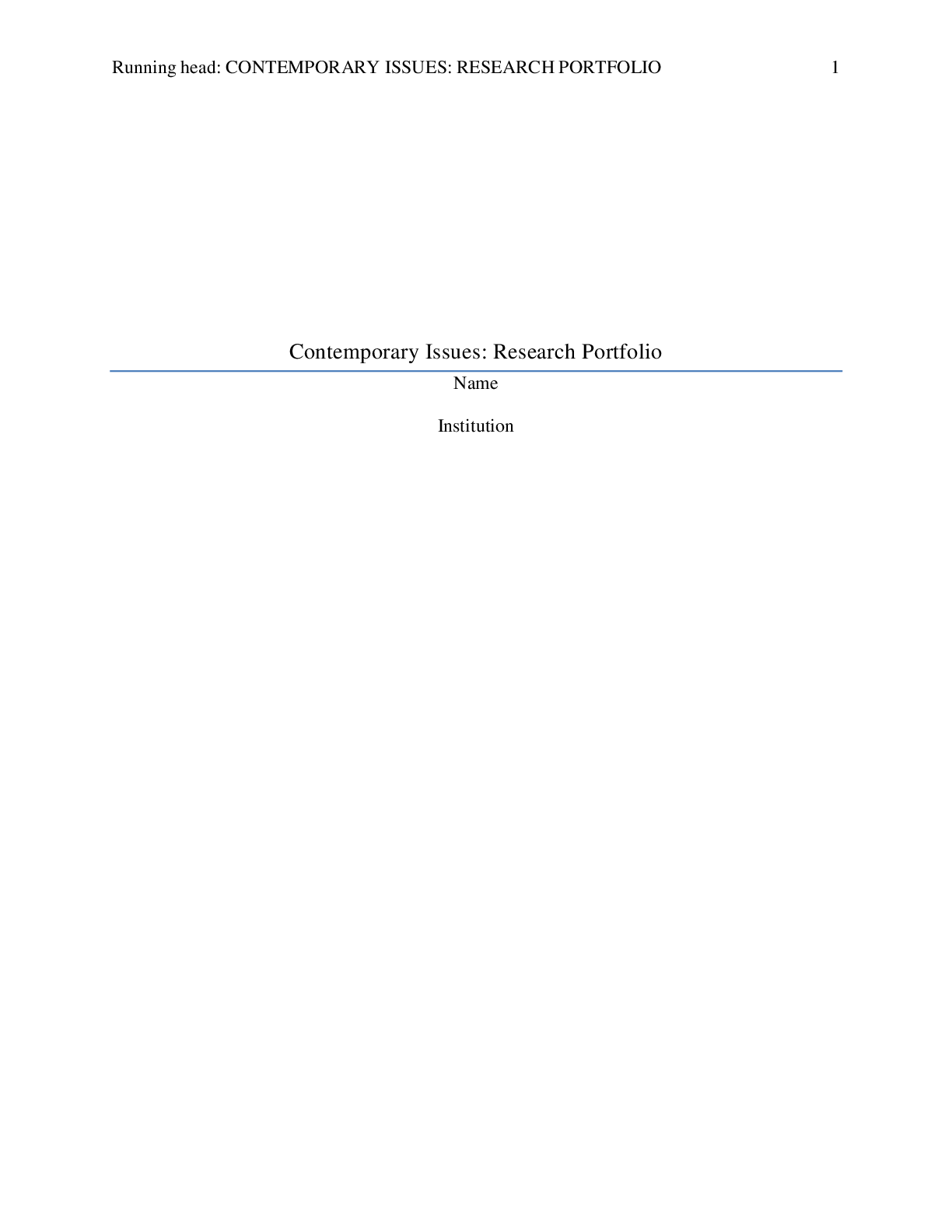NR 509 Week 1 Alternative Writing Assignment: Digestive System [GRADED A].
Document Content and Description Below
Alternative Writing Assignment Abdomen Chamberlain College of Nursing NR509 Physical Assessment Abdomen Assessment The abdomen is a critical key to keeping an individual healthy. There are... multiple organs associated with the abdomen. The abdomen when assessing is split into four different quadrants right upper quadrant, right lower quadrant, left upper quadrant, and left lower quadrant. In the right upper quadrant we have the liver, gallbladder, duodenum, head of pancreas, right kidney and adrenal, hepatic flexure of colon, part of the ascending and transverse colon. The cecum, ap- pendix, right ovary, and tube, right ureter, and right spermatic cord are contained in the right lower quadrant. The left upper quadrant contains the stomach, spleen, left love of liver, body of pancreas, left kidney and adrenal, splenic flexure of colon, part of the transverse and descending colon. Last the left lower quadrant contains part of the descending colon, sigmoid colon, left ovary and tube, left ureter, and left spermatic cord. In the middling we have the aorta, uterus, and bladder. The solid viscera are the liver, pancreas, spleen, adrenal glands, kidneys, ovaries and uterus. The hollow viscera are the stomach, gallbladder, small intestines, colon, and bladder. Structure and Function The abdomen holds many organs that are essential to life. The liver, spleen, stomach, colon, gallbladder, pancreas, appendix, kidneys, adrenal glands, ovaries, ureters, and the sper- matic cords are all located in the abdominal cavity. The gastrointestinal organs help break down food into smaller particles that the body can absorb and use to nutrition the individual. This gives the body energy to use for daily living. The ovaries, spermatic cords, and ureters are used for re- production and hormones. The gallbladder, pancreas liver are used for the process of breaking down food particles. The kidneys help eliminate waste from the body and filter the blood. The spleen filters the red blood cells and is lymphatic tissue. All of the organs are needed for the body to work correctly to keep the patient healthy. Subjective Data The subjective data found in the abdomen assessment is critical when assessing any pop- ulation for abnormalities. When assessing the individual you need to assess the appetite of the in- dividual when was their last meal, have they been eating a normal diet for themselves. Dyspha- gia is an important abnormality to discuss as well have they been having trouble swallowing. Is swallowing affecting their ability to eat, or drink. Are they allergic to any types of food? Assess- ing if they are having abdominal pain, if so where is the pain located. Are they having nausea and vomiting, how frequent, what time of day are they having the nausea/vomiting. Are their bowel habits the same of have they changed recently. How often do they have a bowel movement what does the bowel movement look like, is it formed? Also ask about past abdominal history, surg- eries, any history of gastrointestinal issues. Does the individual take medications? Then you would do a nutritional assessment, how are they eating a 24 hour food log would give an idea of how the patient is eating unless the individual is on a fixed income and sometimes they run out of money at the end of the month. Objective Data When assessing the abdomen first you inspect. Inspecting the skin, contour, color, scars, abnormalities, stria, and symmetry is important when patient is having a gastrointestinal issue. Next you would auscultate for bowel sounds and vascular sounds. Auscultating the bowel sounds before you percuss of palpate is essential to receive accurate data. Palpating and percussion can increase peristaltic activity leading to inaccurate bowel sounds. Auscultate in four quadrants to find the presence of bowl sounds 5-30 times per minute and irregular high pitched sounds are normal bowel sounds. Vascular sounds are important as well listening to the aorta for any bruits to assess an aneurism is an important finding. Listening for a bruit in the renal arteries and iliac arteries as well. Percussion is next, percussion of the abdomen shower reveal tympani over all quadrants. Percussion over the liver is dull as well as the spleen. Palpation is next. Palpating for any masses or abnormalities can be an early sign of abnormality. Palpating for the liver edge and the spleen to test for enlargement can give information on information to look for next. Then next is testing for Blumberg sign for any tenderness upon withdrawal of hand, this tests for re- bound tenderness. Assessing for a fluid wave can test for ascites, fluid build up in the abdomen. Murphys sign is a good indicator of inflammation of the gallbladder. Iliopsoas muscle test is an indicator of appendicitis if positive. Physical Assessment When assessing the abdomen it is important to go in order to have correct findings. First you inspect, next is auscultate, then percussion, last is palpation when assessing the abdomen to have correct findings on auscultation. The physical assessment is a combination of all of the in- formation that you have learned from the individual. The objective information that you learn from your assessment as well as the subjective information that you learn from the individual in the interview. When assessing the abdomen you are going to use your objective data that is found to form your diagnosis along with your subjective information that was received in you interview of the patient. Specific Populations In an assessment of the abdomen it is important in all populations to leave the area of ten- derness to assess last. The individual is in pain, they are possibly going to be guarding the ab- domen already and if you preform an assessment that is going to increase the pain then the pa- tient will be less likely to follow your commands when asked to do so. Leaving the procedures that may cause pain for the patient to the end will help the provider to have the best information from the assessment. When assessing the patient you have to think of their age to assess them correctly. The in- fant can stay in the mothers arms or the caregivers arms for the majority of the interview. In an infant the liver will take up more space, and the bladder will be elevated in the abdomen. The in- fant is new to the world and every thing is new to them. Evaluating the patients diet if they are breast fed, or bottle fed is important do they use the same formula. How often do they eat, how much do they eat. If they are breast fed how many wet diapers do they have? How many stools do they have when was the last stool? When introducing new foods can divulge new allergies starting one new food a week to determine if there is an allergy. What age did they start eating foods other than the formula or breast milk? The adolescent you will be checking their weight, dietary habits, and exercise patterns. Another assessment is a mental health, the adolescent is going through many changes at this time and getting their idea of how they feel about themselves can change your evaluation of their thought process. This can also find problems about negative thoughts the adolescent is feeling. Having the patient sit up on the exam table in their clothes instead of changing into the gown for the assessment that can be done without changing until they have to will relieve some tension un- til the patient is more comfortable with you. The pregnant woman the abdomen will be rounded, the gastrointestinal motility will be decreased, may have complaints of heart burn, nausea or vomiting. The internal organs are dis- placed when the uterus grows bowel sounds may be diminished. The pregnant woman may have difficulty with constipation as well. The skin may also have stretch marks on it. A diet recall will help assess the individuals eating habits as well as their weight from pre-pregnancy to current weight can tell you how the patient has been gaining weight with the fetus in utero. In the older adult they have decreased gastric motility, decreased salivation, increase in gallstones, liver size decreases, and reports of constipation are likely. Assessment of the elderly will also consist of their eating habits, bowel habits, and medications they are on. The health his- tory is also important what disease processes have they been diagnosed with will help you diag- nose the problems that they are having as well. Pancreatitis Pancreatitis is a medical condition that affect many Americans adults, and pediatrics. Pancreatitis is a condition that the pancreas is unable to regulate the enzymes being produced as they start becoming active to soon inducing inflammation within the organ. The pancreas aids in secreting enzymes that breakdown of food and the release of hormones. In children the most common causes are blunt trauma and viral infections, with a diagnosis requiring two of three conditions, serum amylase or lipase above three times the upper limit, appropriate clinical find- ings, and radiologic evidence of acute pancreatitis (Karami, & Dabirian, 2016). The serum lipase has a sensitivity of 86.5-100% and a specificity of 84.7-99% and can be found as early as 24 hours after the disease presents itself (Karami, & Dabirian, 2016). The radiologic evidence can be found from an ultrasound, which would find an inflamed and enlarged pancreas (Karami, & Dabirian, 2016). Pancreatitis that is induced by smoking and or drinking can turn into chronic pancreatitis involving fibrosis of the pancreas, recognizing the development along with treatment and change the modifiable risk factors can help decrease the progression of the disease process (Patel, & Willingham, 2019). There is no curative process although you can manage the symp- toms to increase the quality of life for the individuals. Pancreatitis Abnormalities When assessing the pancreas the pain is acute, mid-epigastric that may radiate to the back and/or the left scapula. Pancreatitis is associated with nausea and vomiting. The presence of any of the listed abnormalities can point to pancreatitis, jaundice fever diarrhea, back pain, irritabil- ity, and lethargy (Karami, & Dabirian, 2016). With the presence of clay colored stools and jaun- dice it can mean that there is a choledochal cyst and could have an abdominal mass (Karami, Dabirian, 2016). The infant and toddler are unable to vocalize and or pint where the pain is com- ing from so irritability, and vomiting may be your only signs of pancreatitis. Summarize key points The abdomen holds many of the major organ systems. The organs that are contained in the abdomen are essential to life. Assessment of the abdomen can reveal many different medical problems, performing an in depth assessment can ascertain information that could indicate medi- cal findings earlier if the assessment if formed correctly. When assessing the medical history many questions are needed to lead you to the correct medical finding to treat the patient accord- ingly. Talking with your patients can reveal much information that can create a case for you to in- vestigate to search for the correct diagnosis. Also adapting your assessment to fit your patient is a necessity to gather all the information in a timely manner without upsetting the individual. Using your communication skills along with a physical assessment can give you enough information to diagnose, order laboratory findings, or order diagnostic imaging to rule out or diagnose certain conditions. References Karami, H., & Dabirian, M. (2016). A Review on Acute Pediatric Pancreatitis. Journal of Pedi- atrics Review, 1–6. https://doi-org.chamberlainuniversity.idm.oclc.org/10.17795/jpr-5425 Patel, V., & Willingham, F. (2019). The Management of Chronic Pancreatitis. Medical Clinics of North America, 103, 153–162. https://doi- org.chamberlainuniversity.idm.oclc.org/10.1016/j.mcna.2018.08.012 [Show More]
Last updated: 1 year ago
Preview 1 out of 8 pages

Also available in bundle (1)
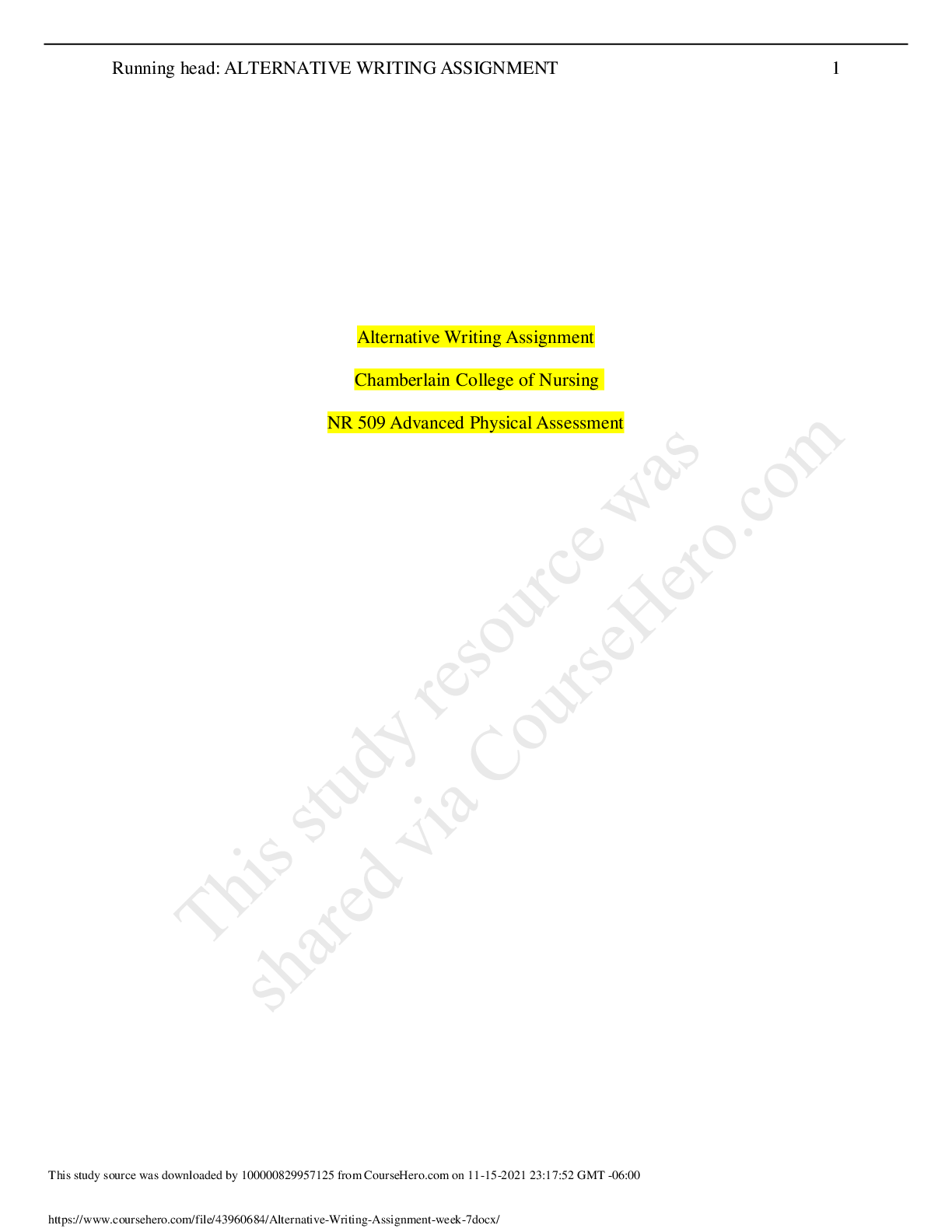
NR 509 ALTERNATIVE WRITING ASSIGNMENTS WEEK 1-4, 6-7 ( COLLECTION) | 100% GUARANTEED PASS.
NR 509 ALTERNATIVE WRITING ASSIGNMENTS WEEK 1-4, 6-7 ( COLLECTION) | 100% GUARANTEED PASS.
By A+ Solutions 2 years ago
$14
5
Reviews( 0 )
Document information
Connected school, study & course
About the document
Uploaded On
Nov 16, 2021
Number of pages
8
Written in
Additional information
This document has been written for:
Uploaded
Nov 16, 2021
Downloads
0
Views
51

